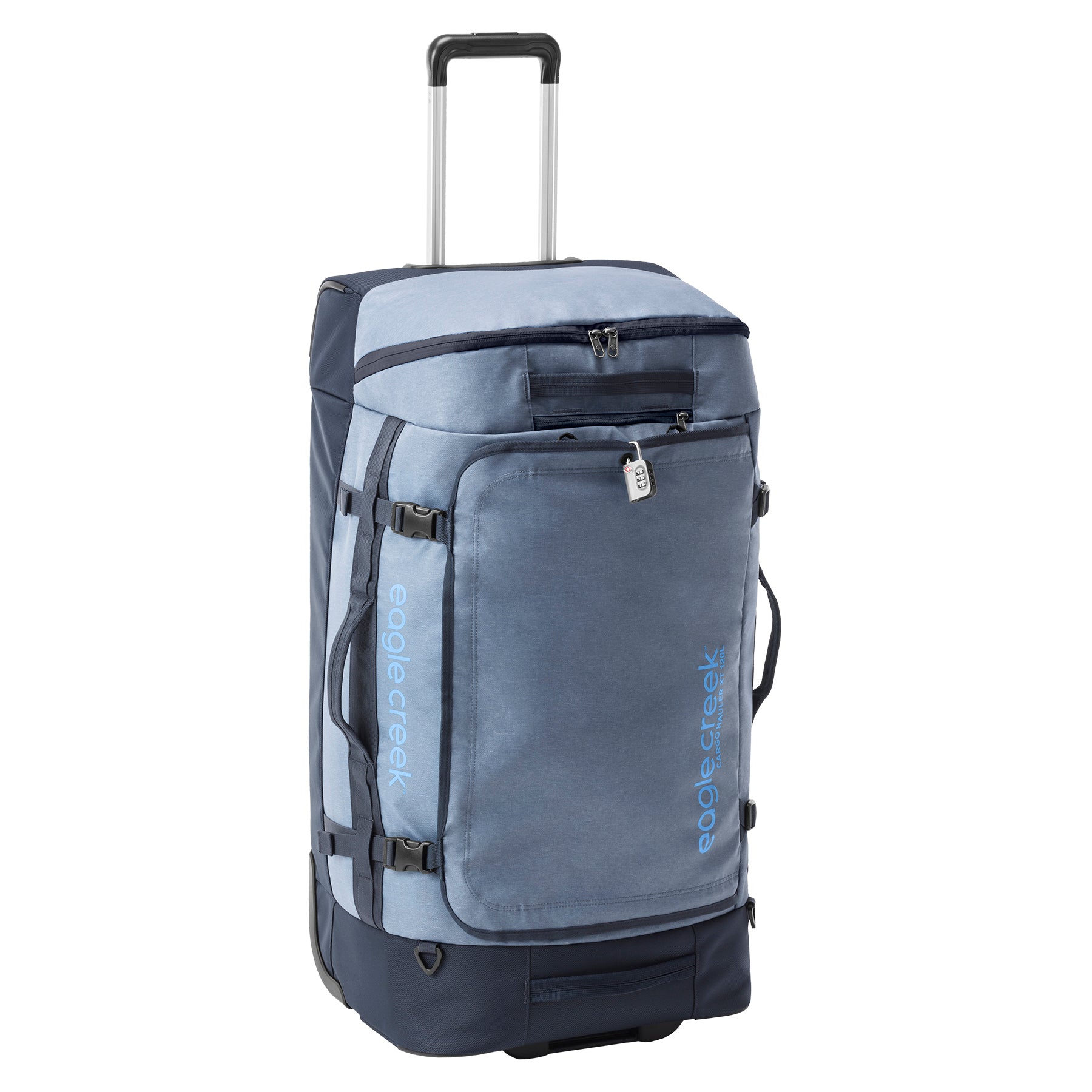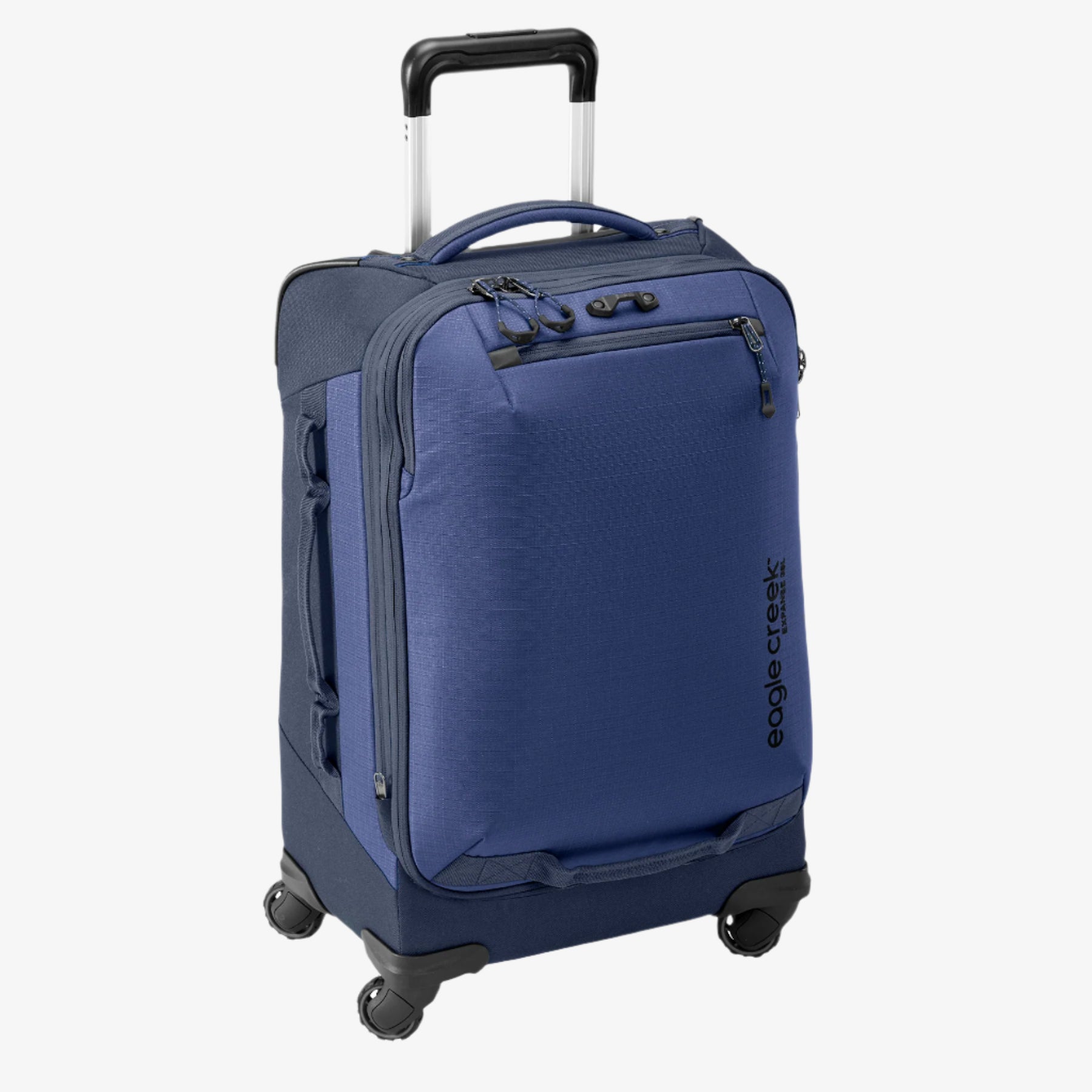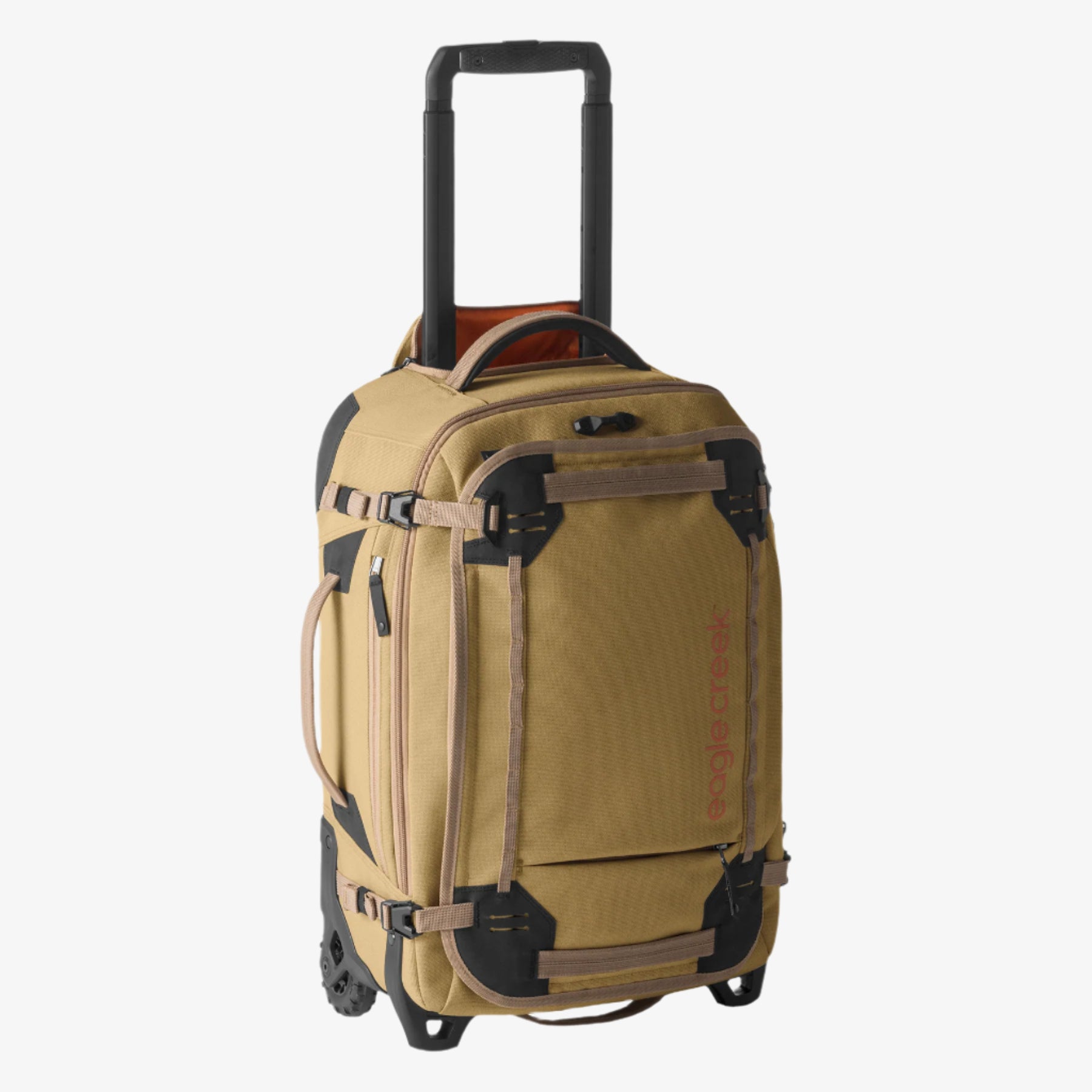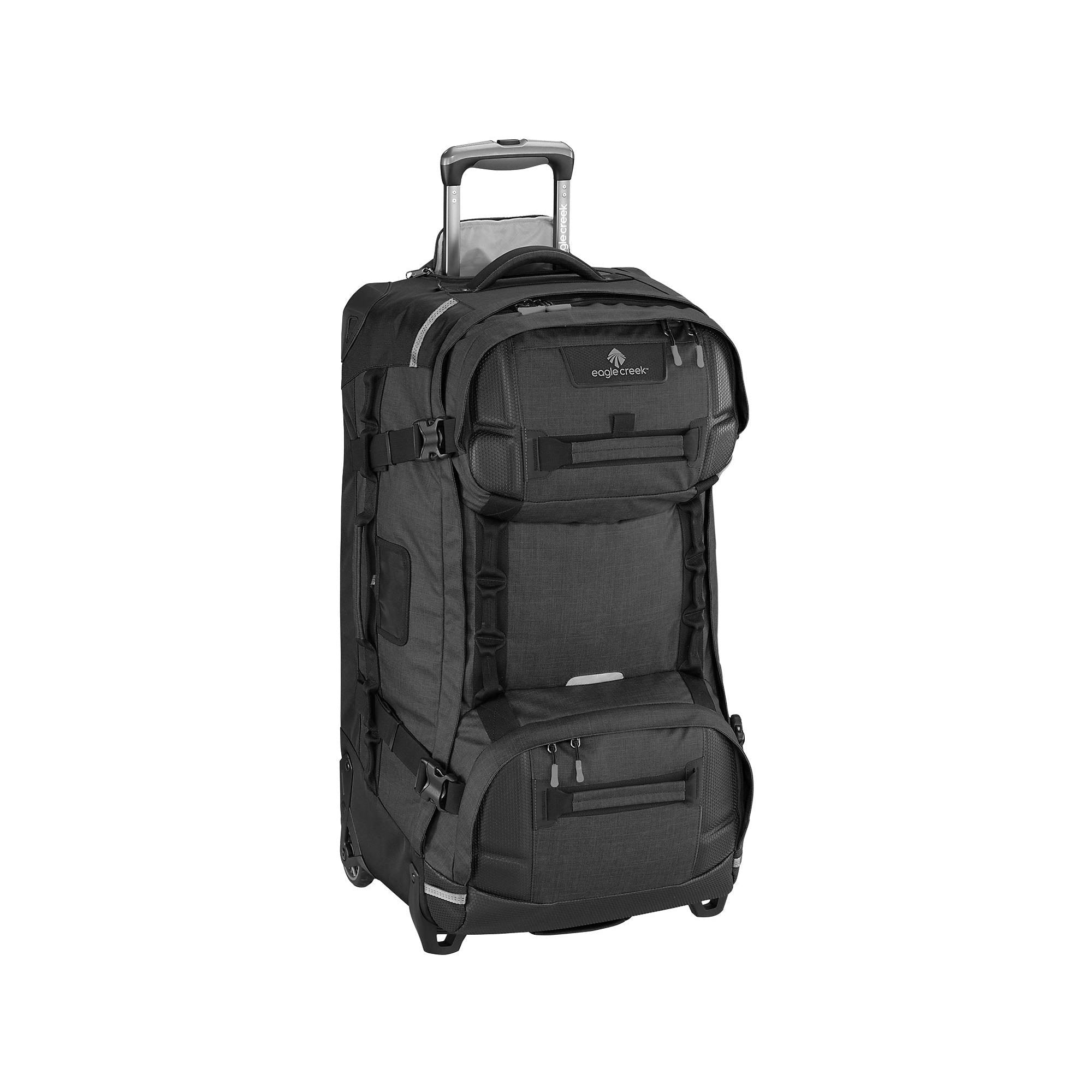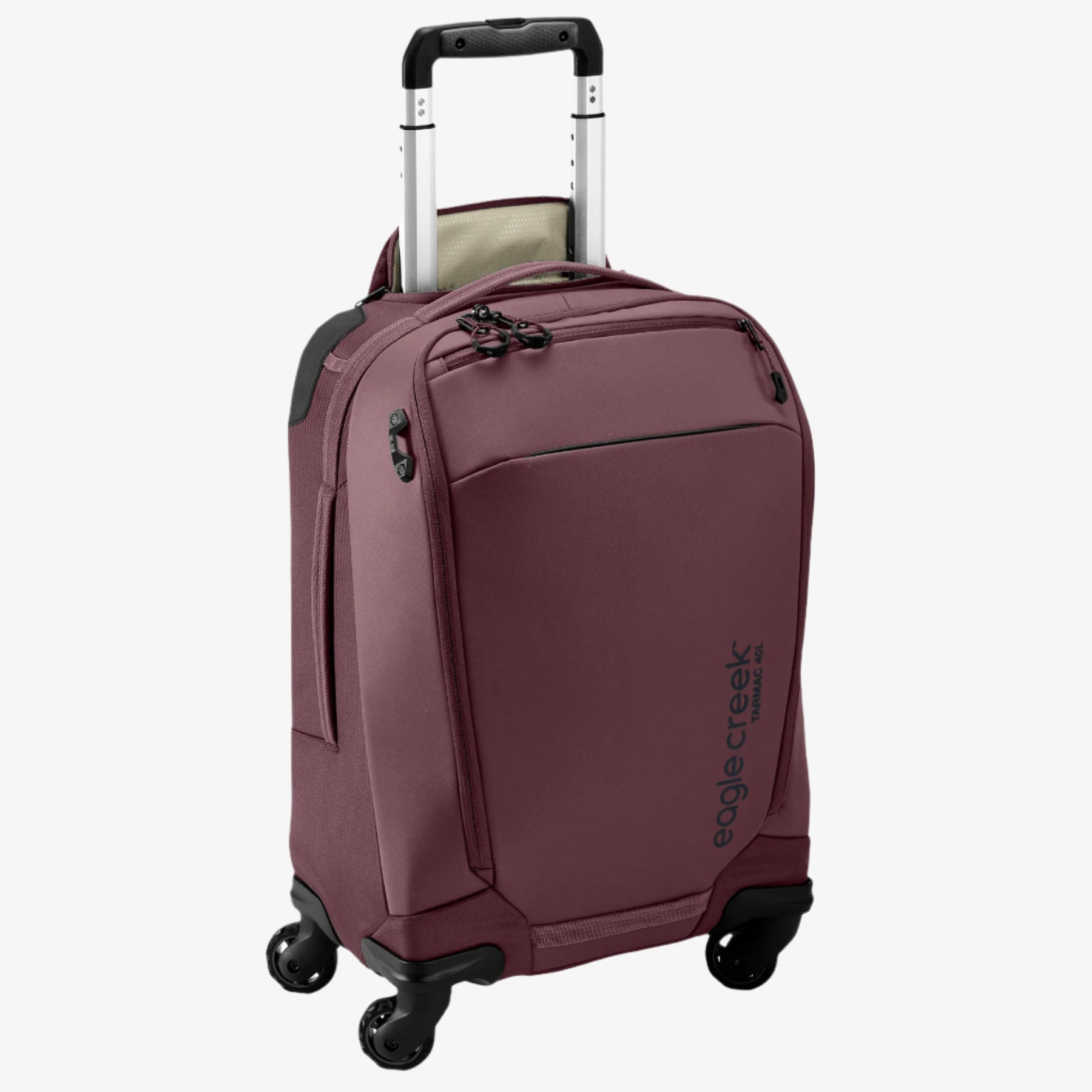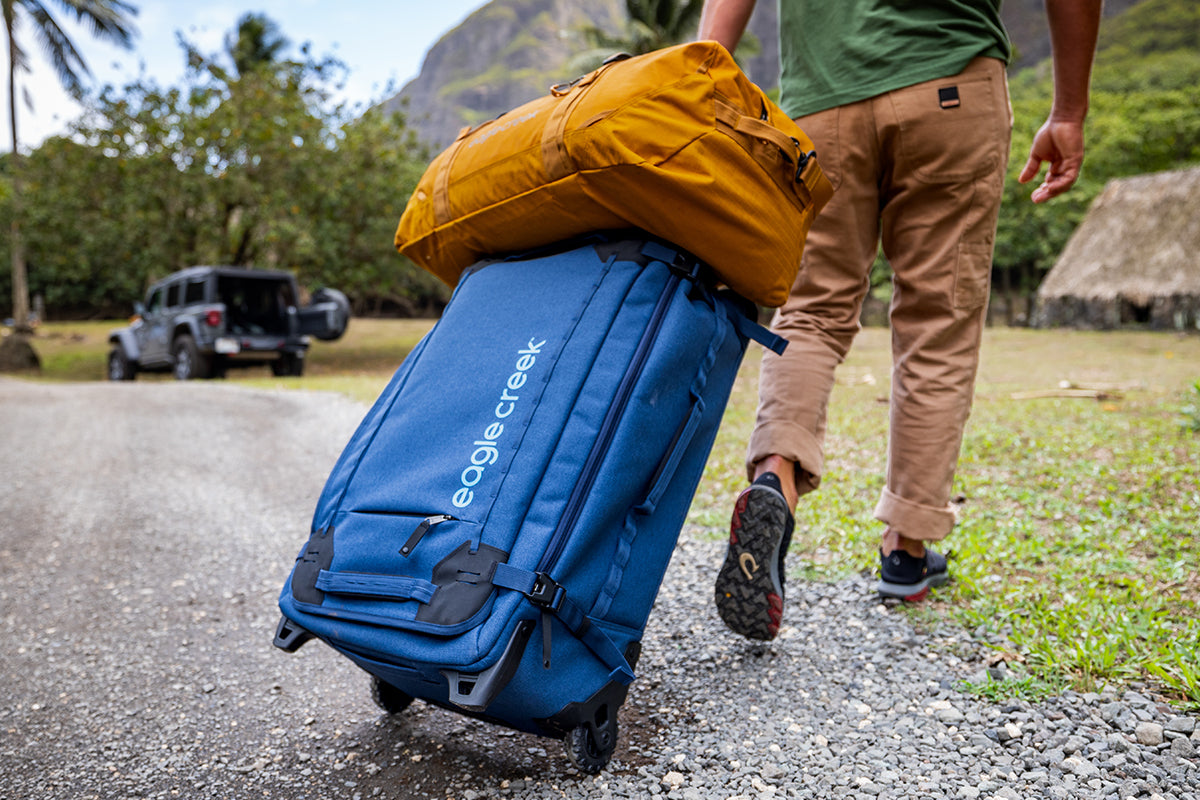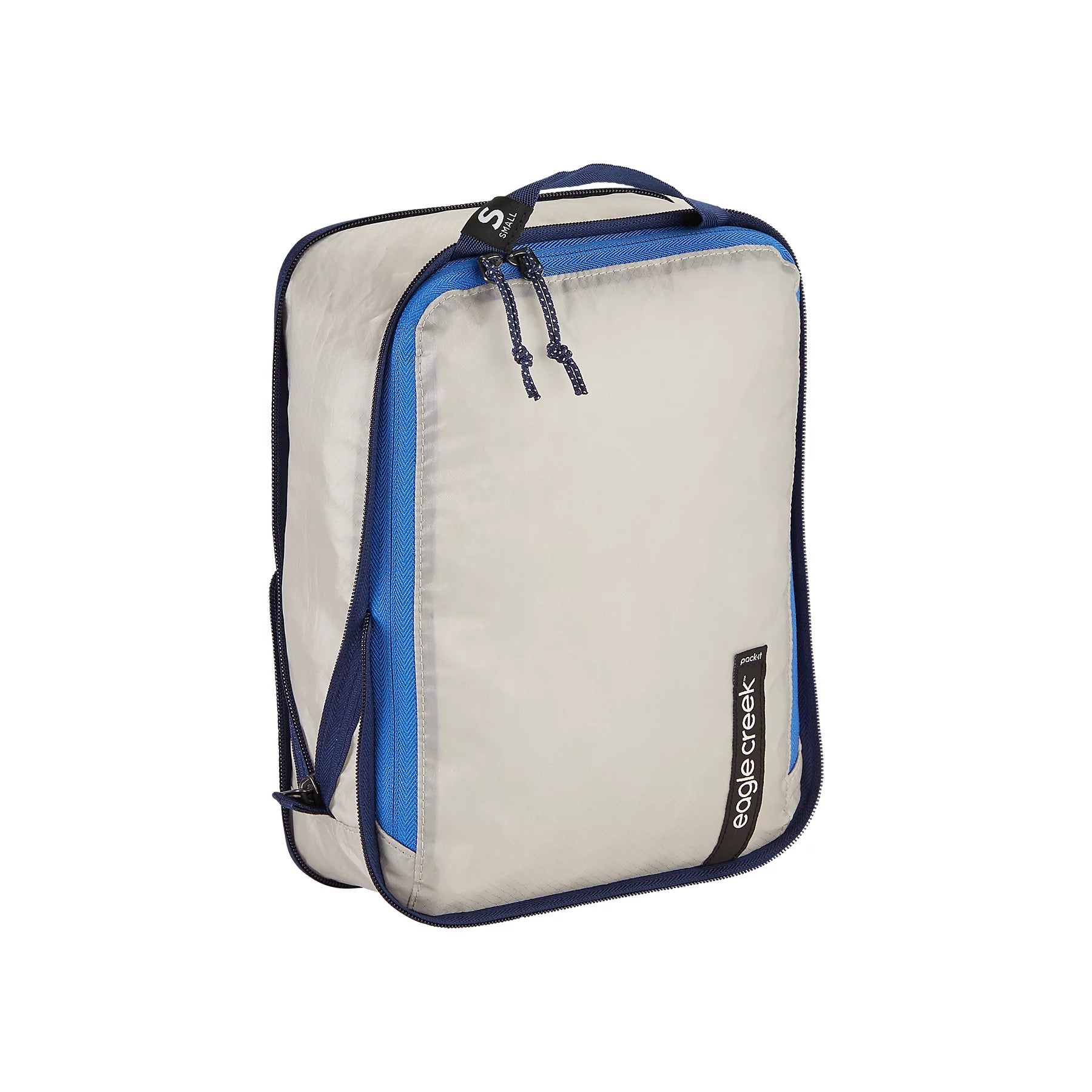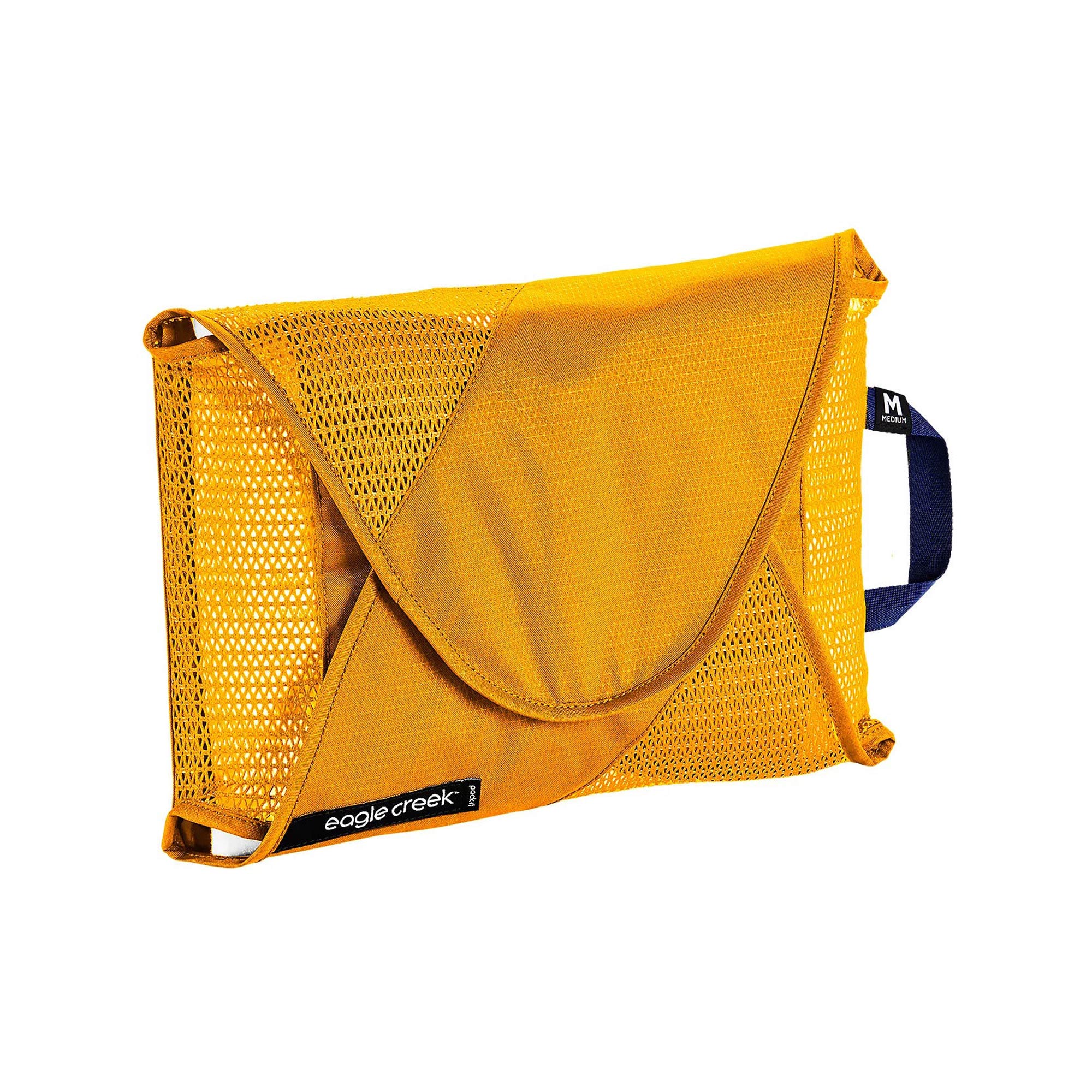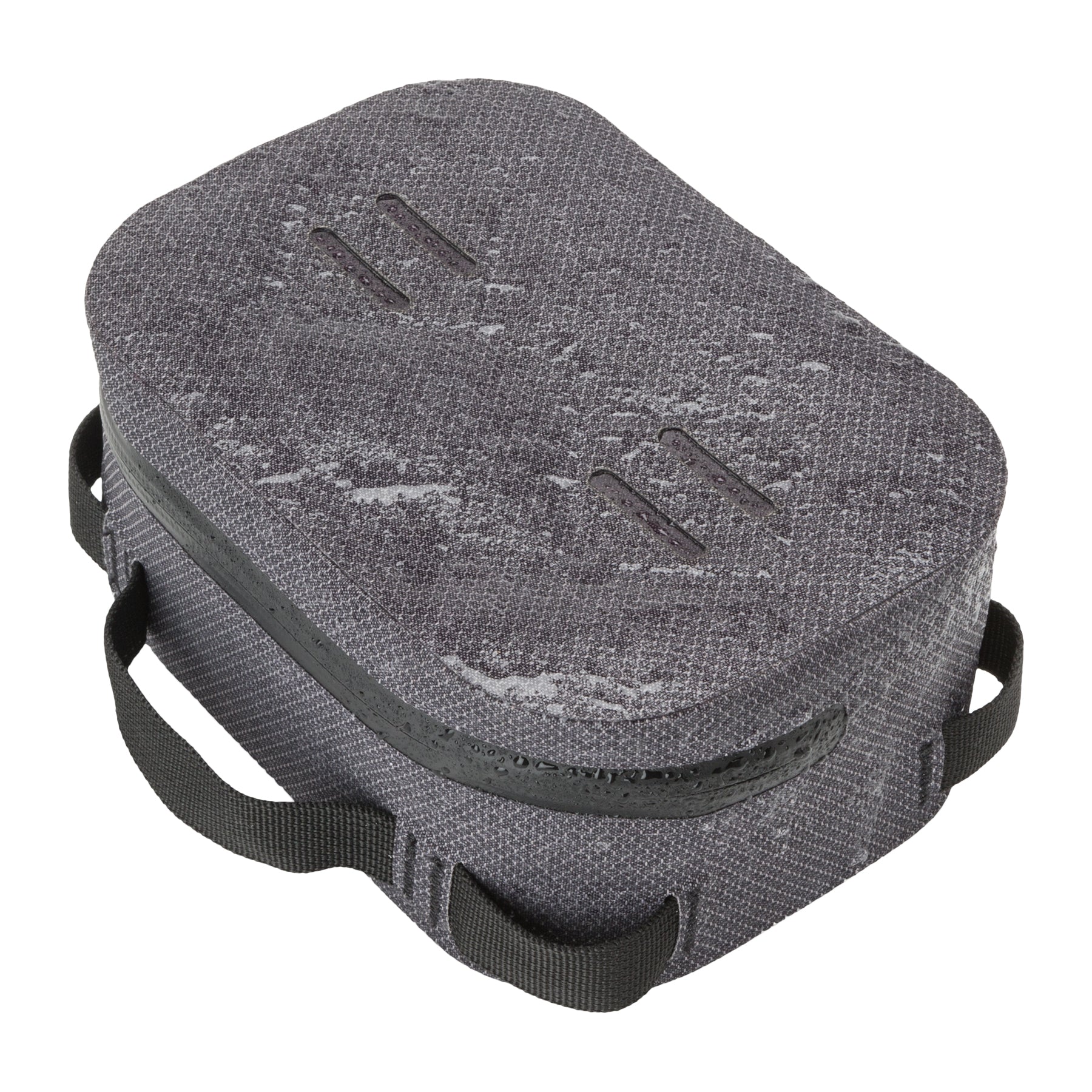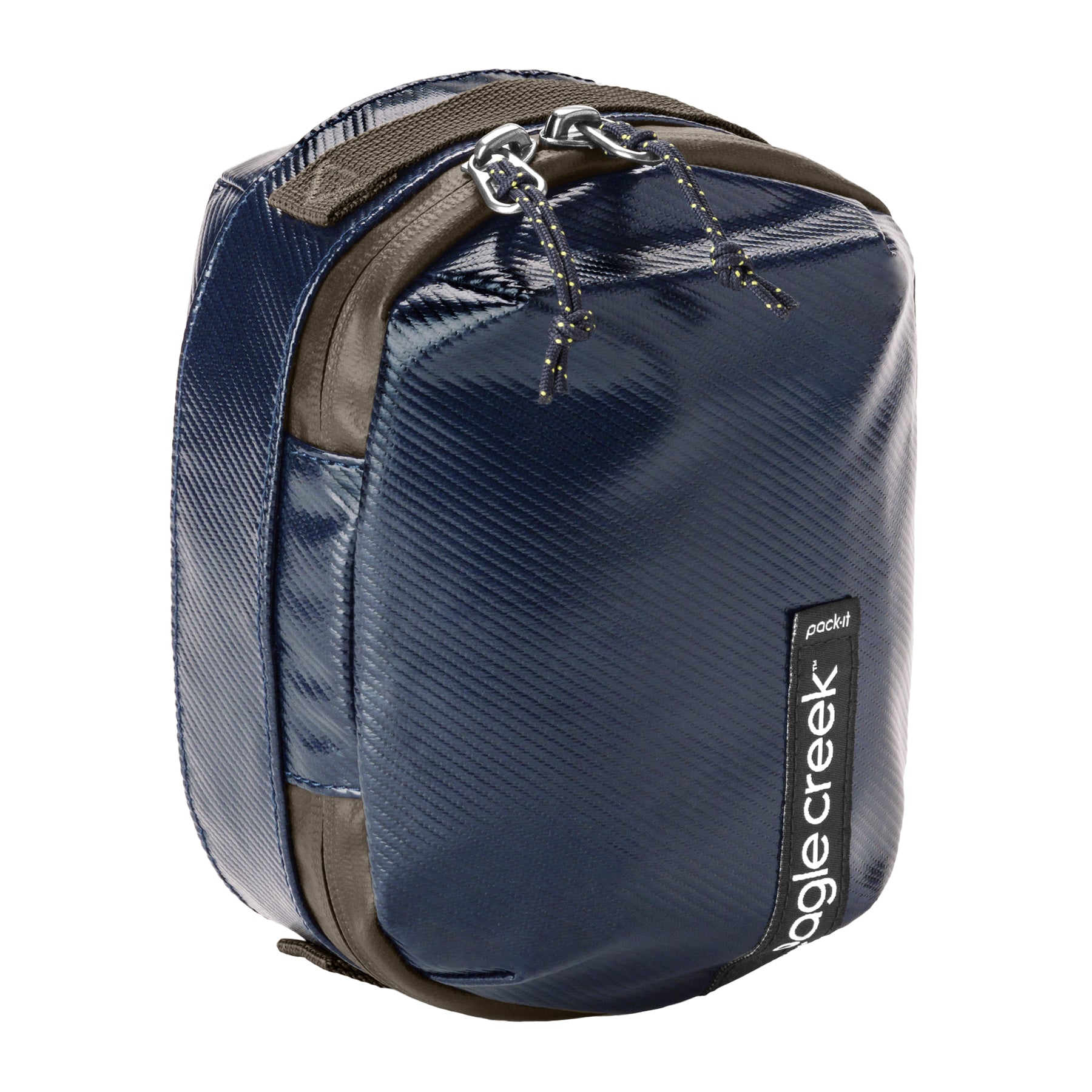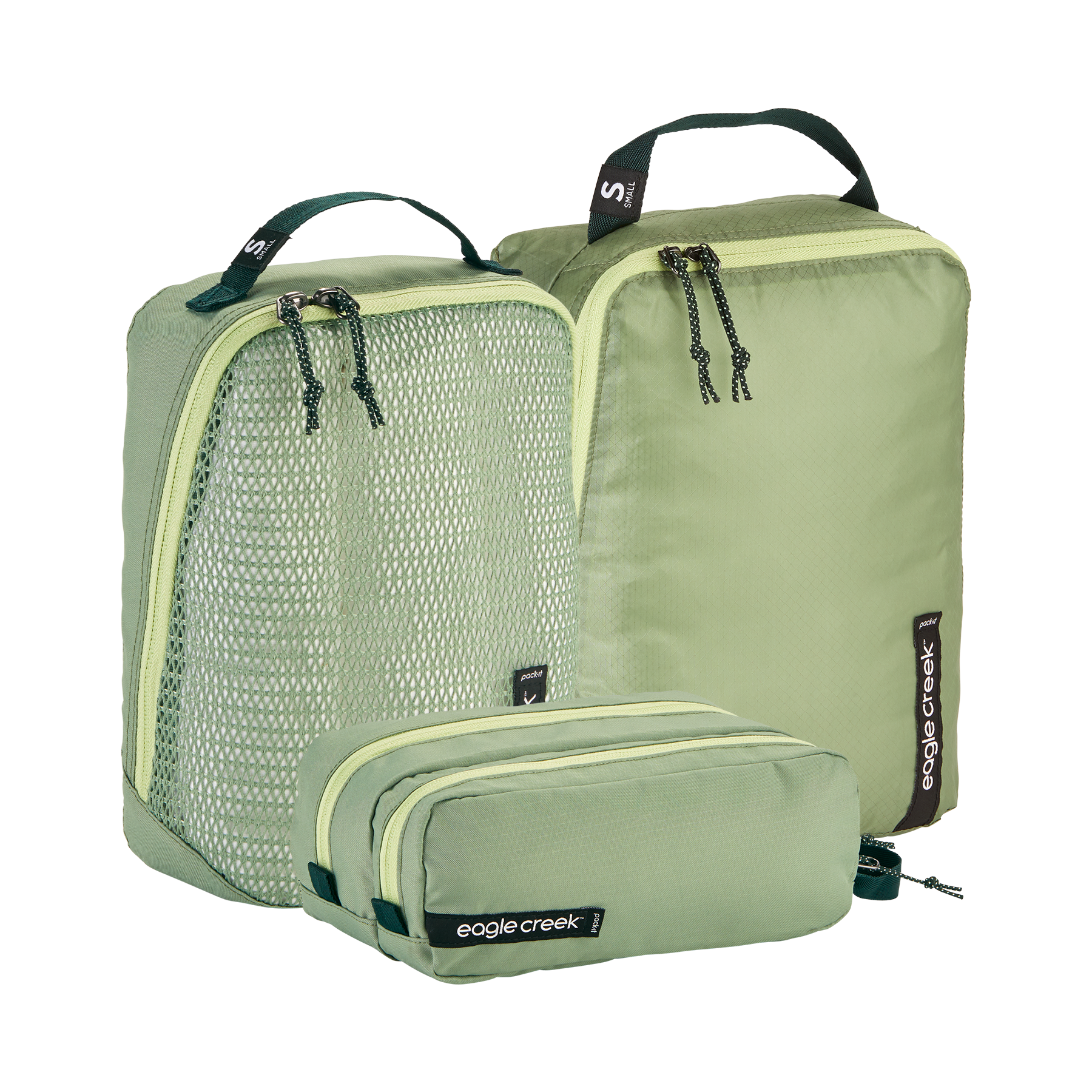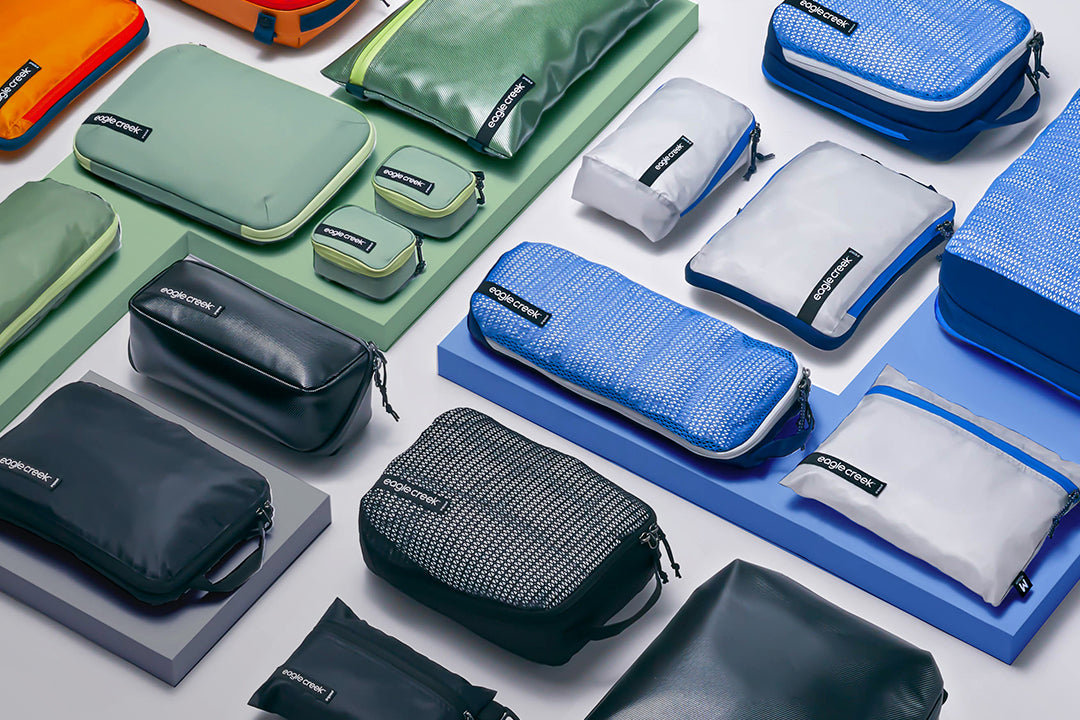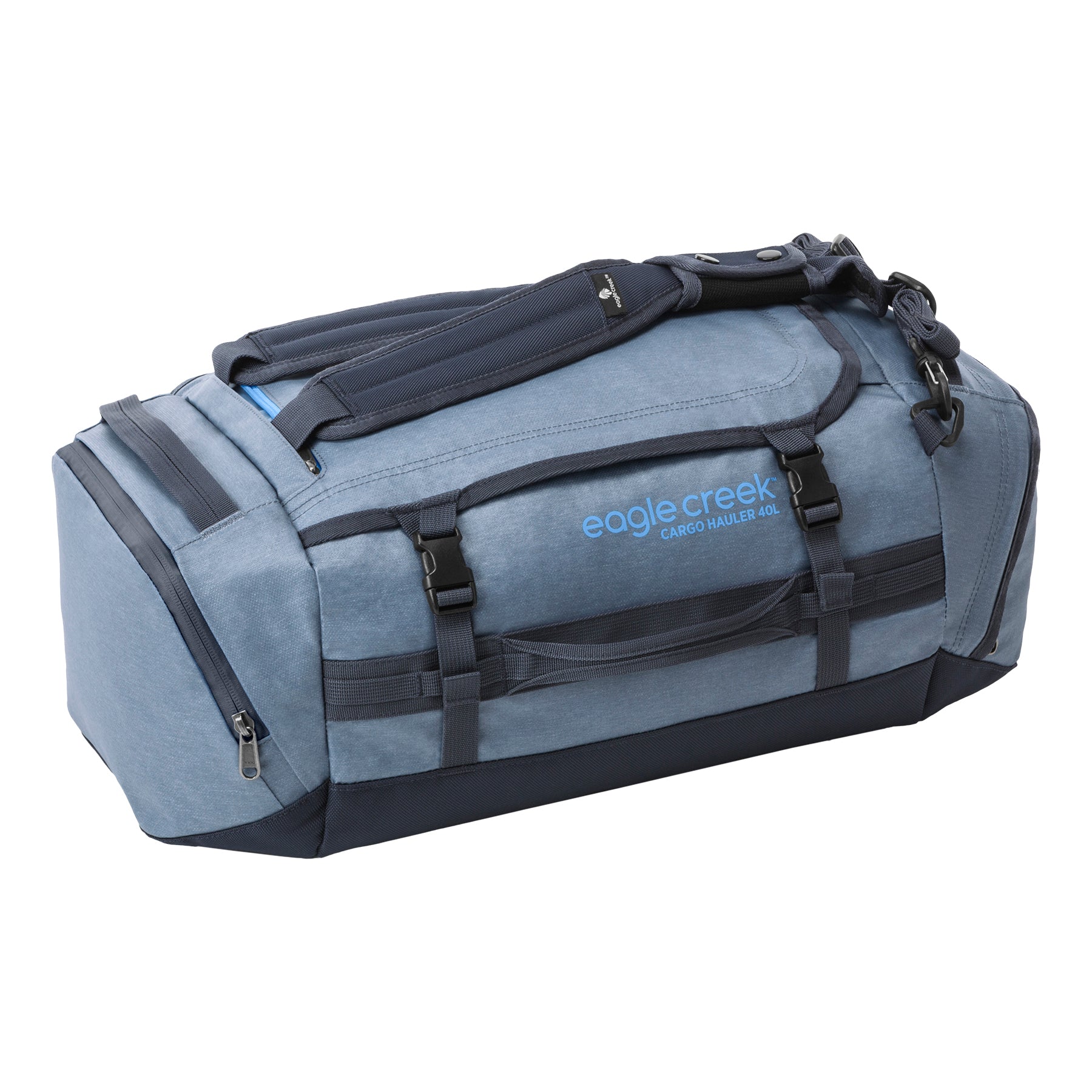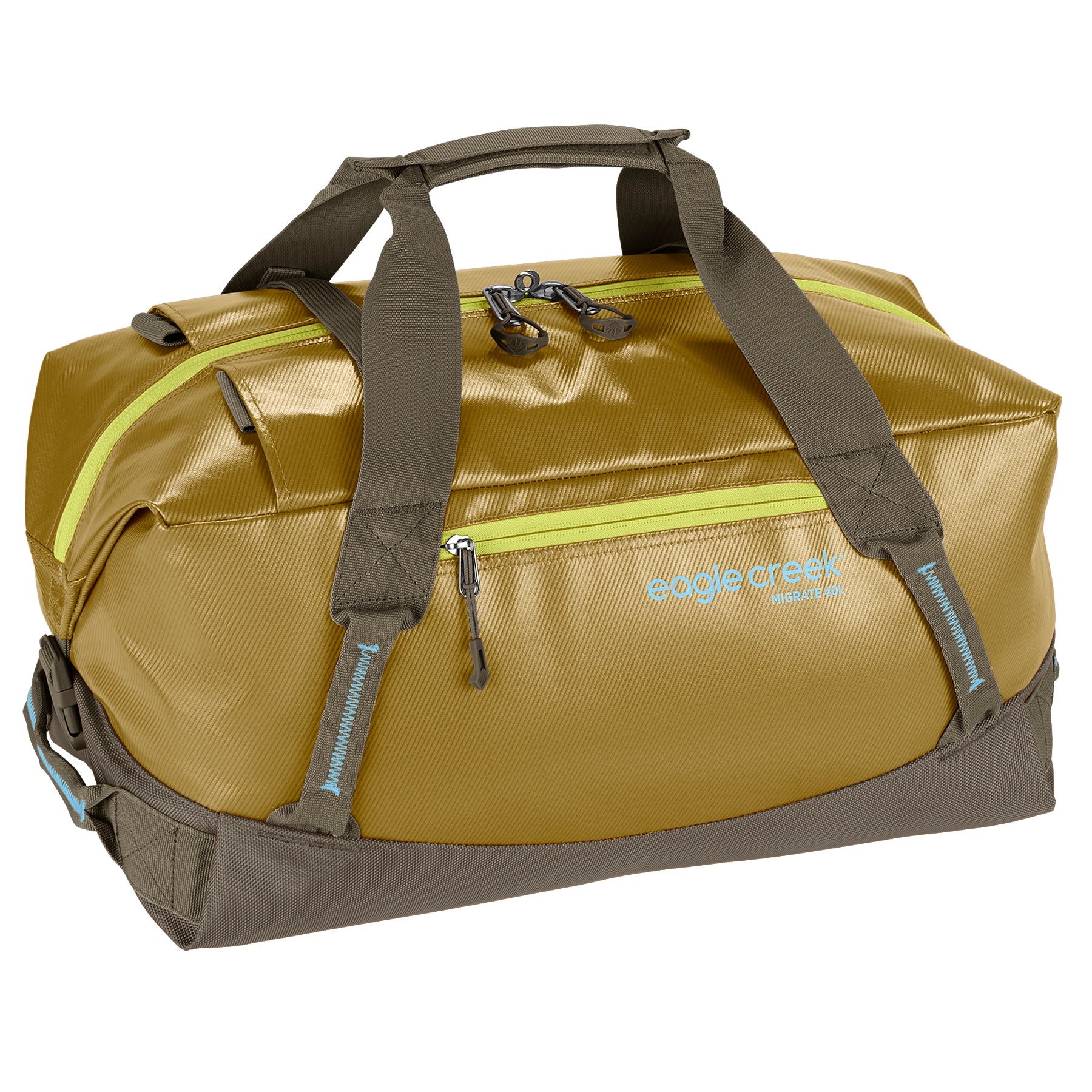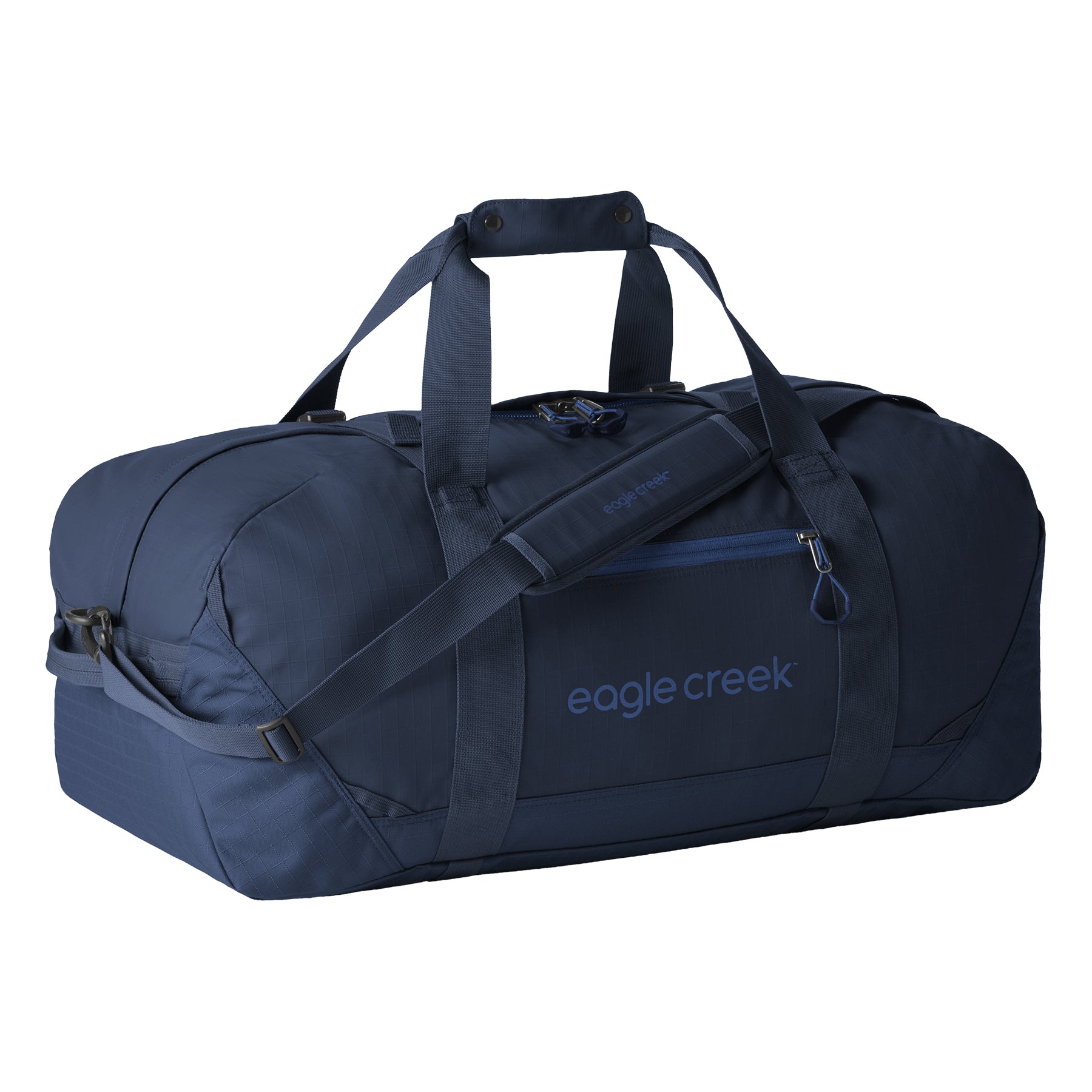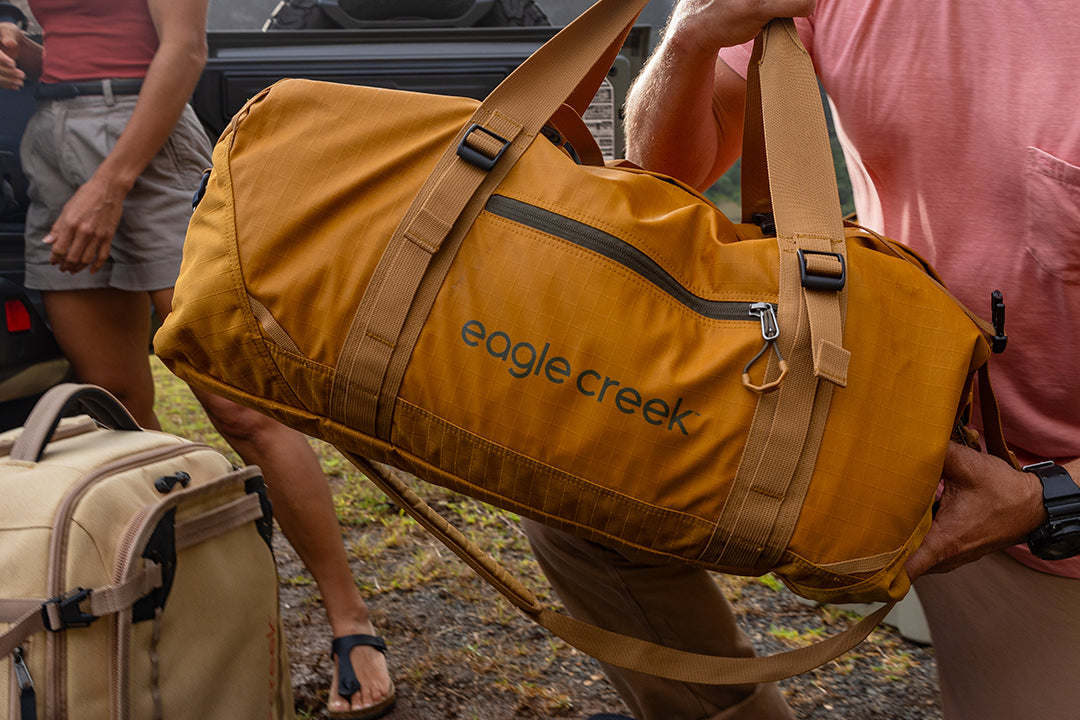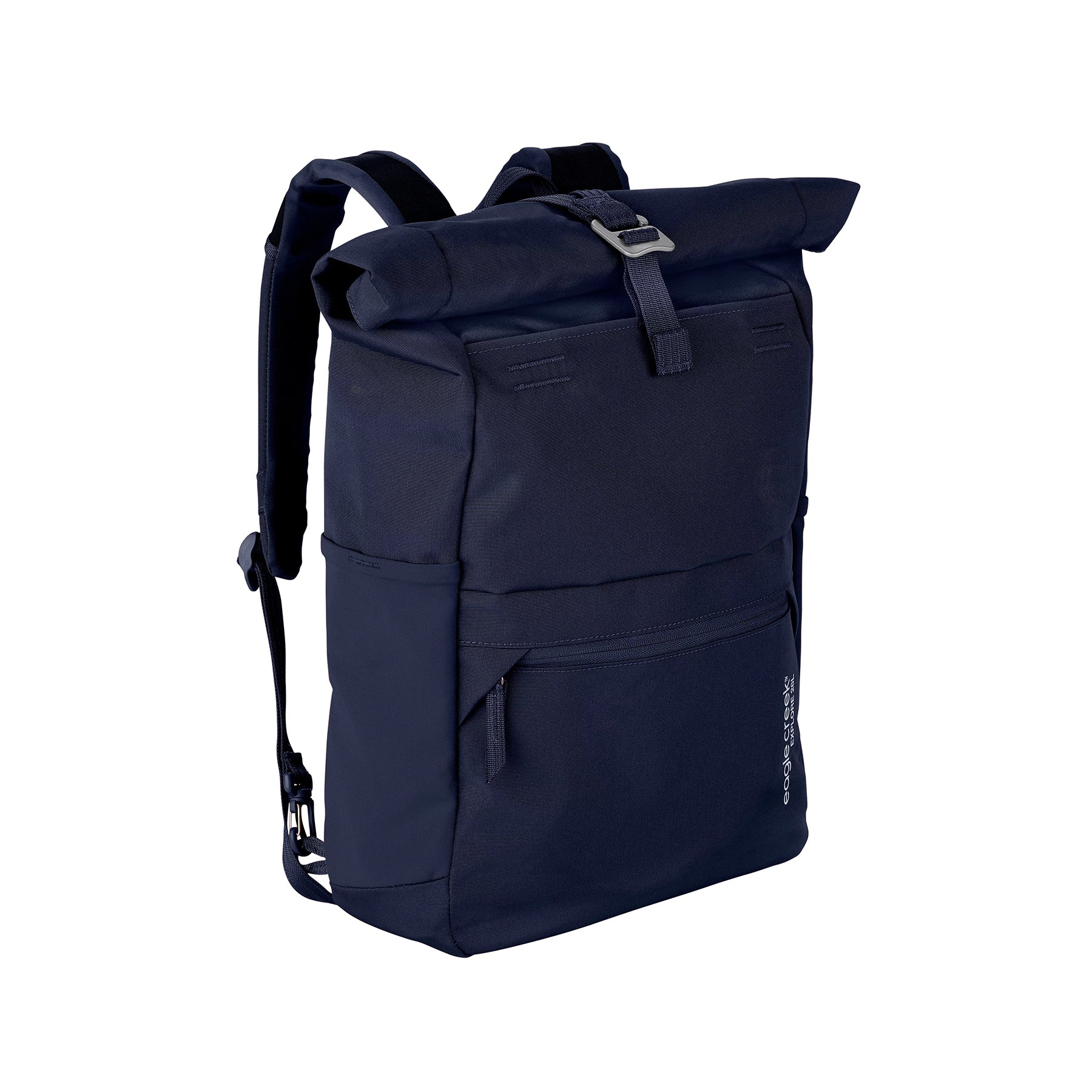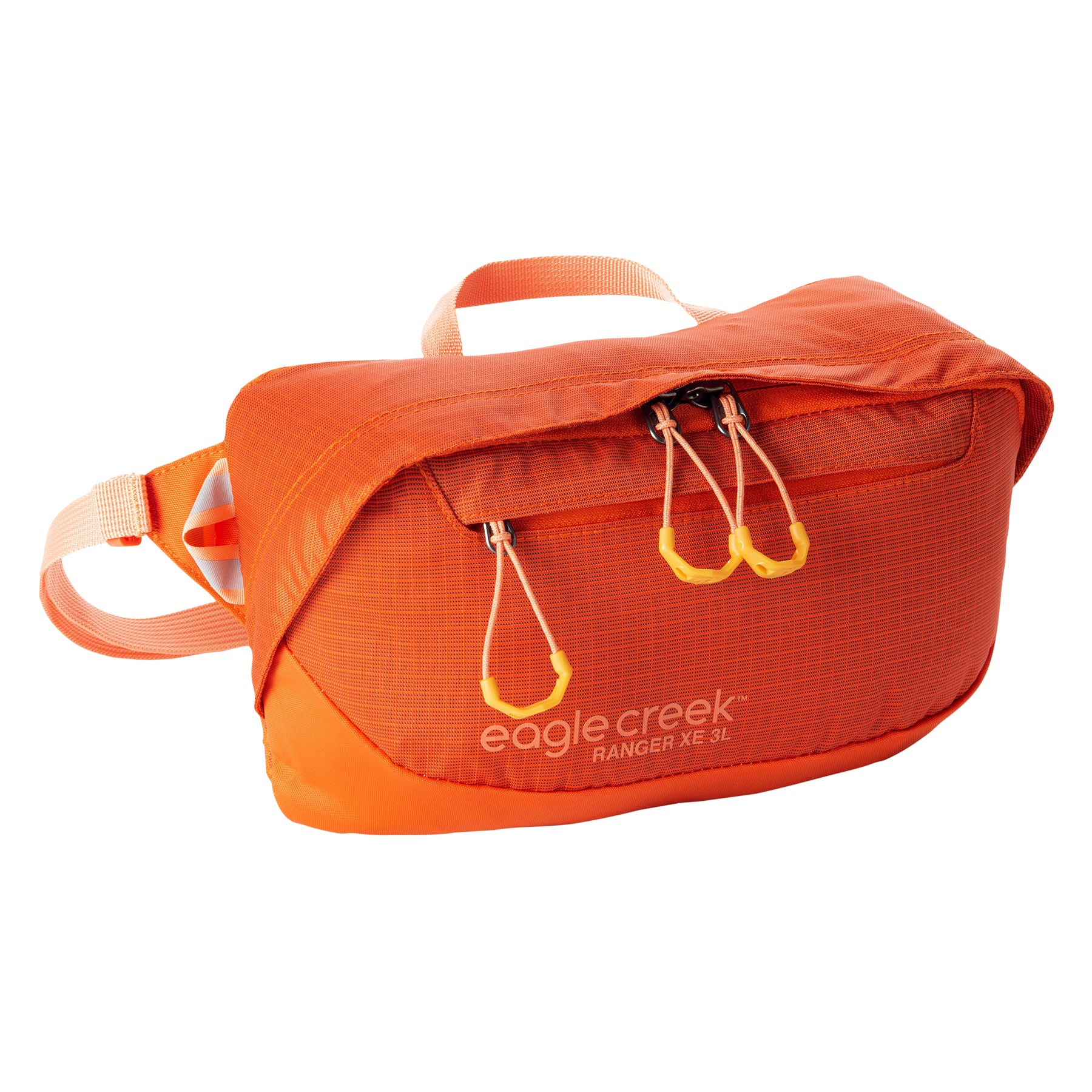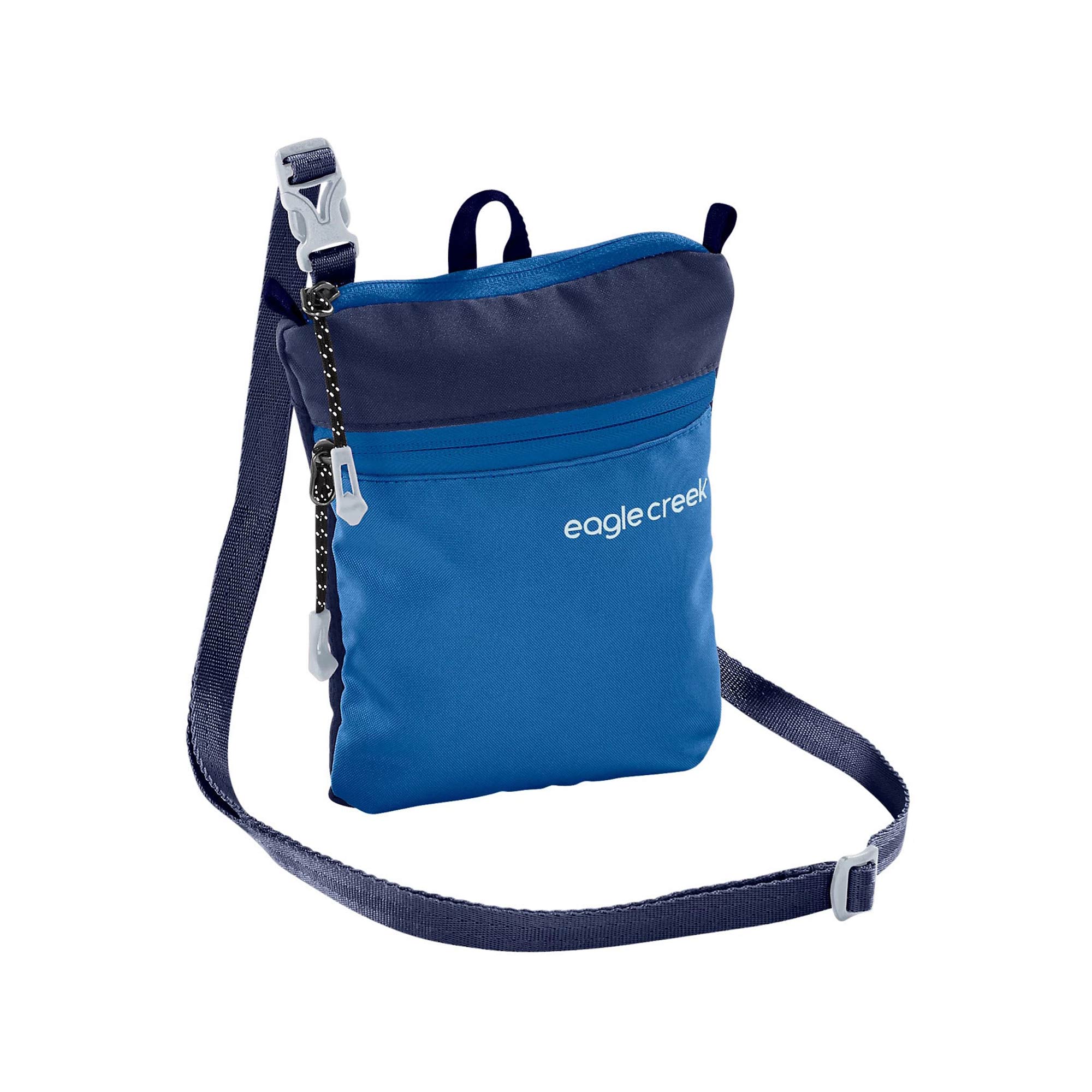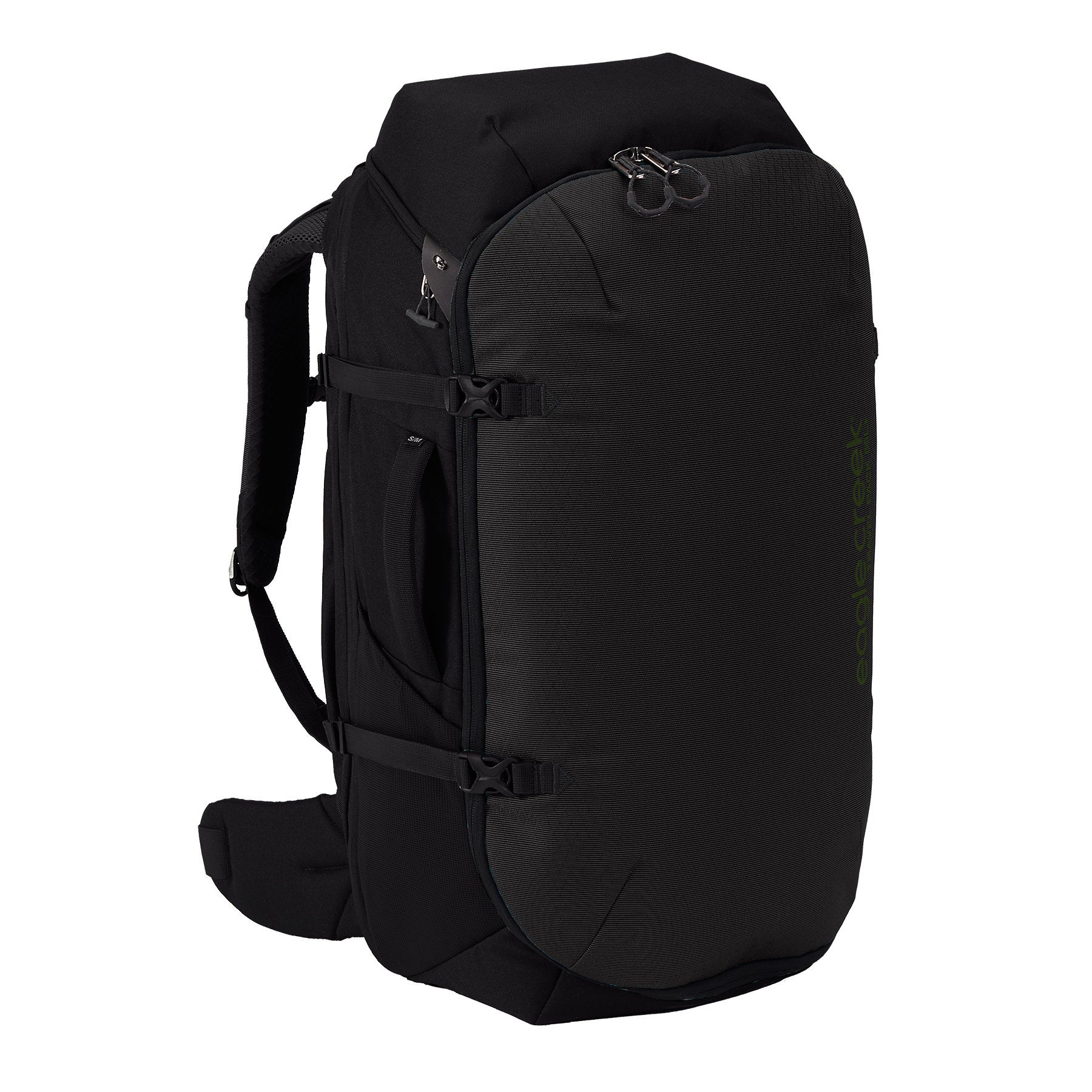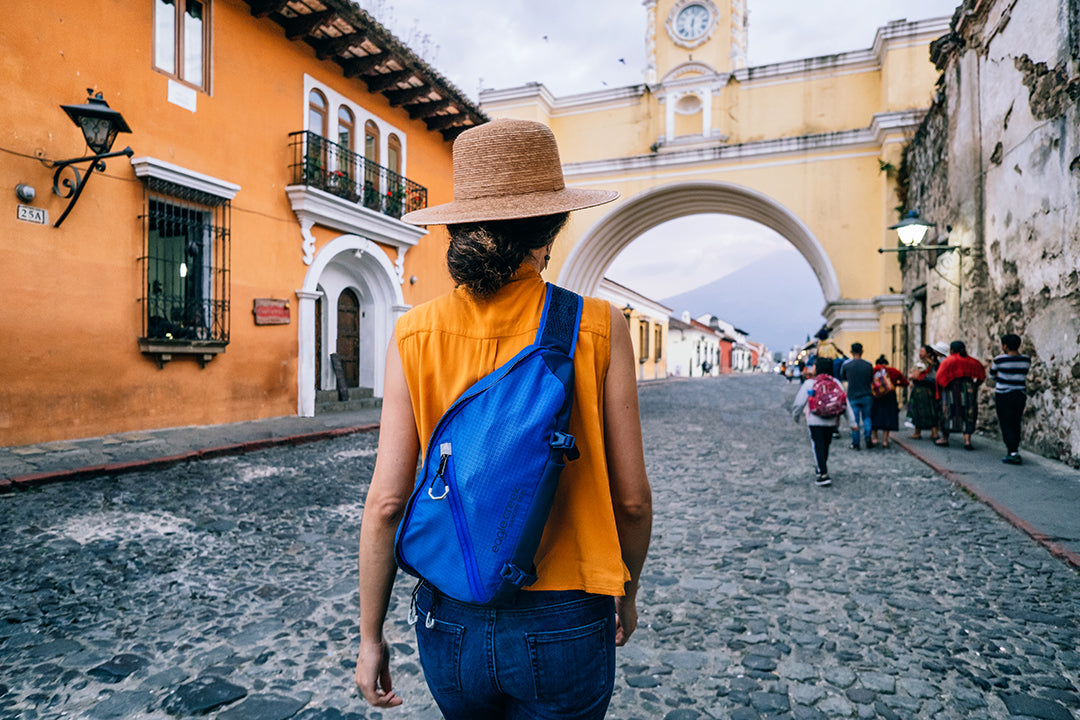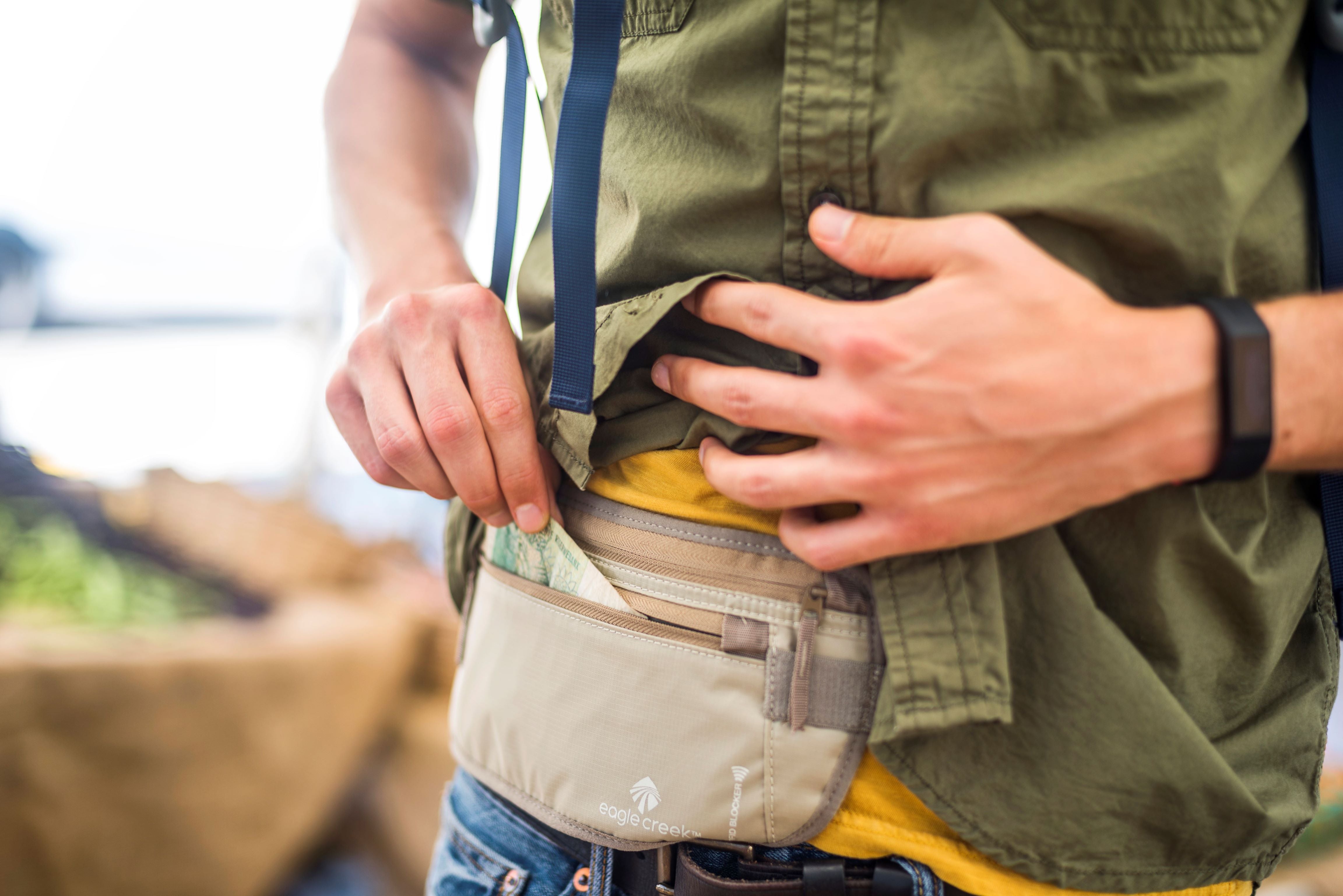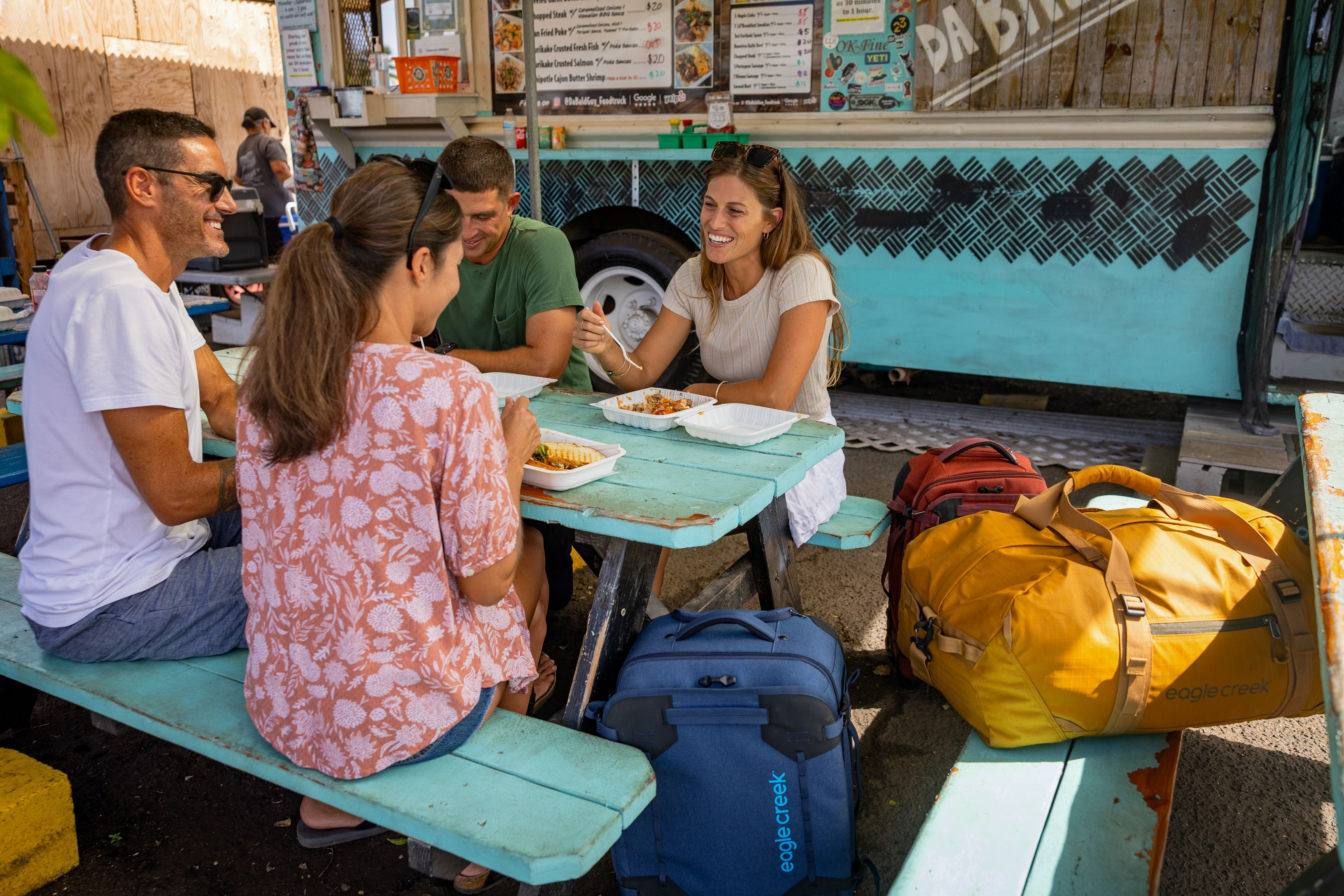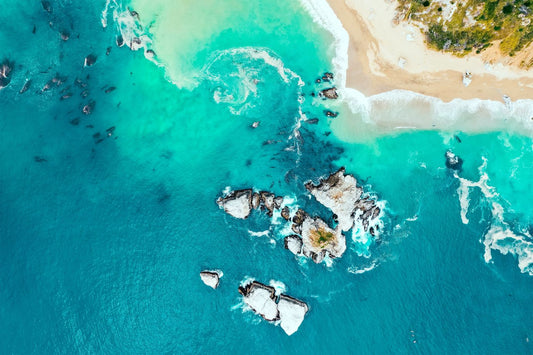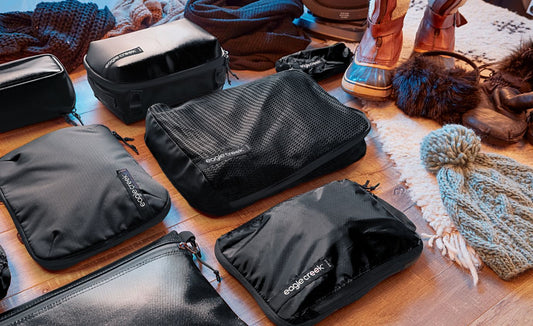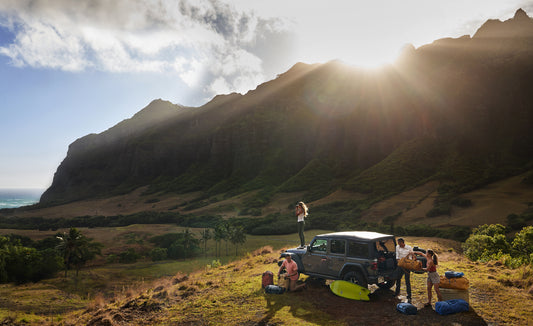So what exactly is packrafting? Think of doing everything (well, almost everything) you can do in a kayak in an inflatable raft that can fold up to the size of a rolled-up yoga pad. Indeed, they’re small, but that doesn’t mean they lack durability. In fact, there are models designed specifically for running whitewater. Experienced paddlers even have taken packrafts down the Grand Canyon.
Once you’ve got a packraft, all you have to do is grab a breakdown paddle and a life jacket, and you’ve got the ingredients for a novel adventure. The best part? Planned right, everything necessary fits right inside your backpack, making this the ideal form of travel for minimalist adventurers. Here’s everything you need to know about packrafting.
Packrafting 101: Choosing Your Vessel
Now, packrafting isn’t something that you should just dive headfirst into without looking where you’re going. There are some logistics that need addressing. Worlds of opportunity await, but first, ask yourself what your intention is. Fishing alpine lakes, running remote rivers, connecting multisport bike loops—it’s all possible, but knowing your primary pursuit will help dictate your vessel choice.
One of the first decisions you’ll have to make is the structure of your craft. Packrafts come in two different models: self-bailing and non-self-bailing. The self-bailing models have holes in the bottom of the boat that drain any incoming water, while the non-self-bailing boats are sealed tight. There are pros and cons to each, but if you plan on running any whitewater, you’ll need a way to keep water out of your boat. A self-bailer will do this effectively, but it can also be mighty cold. You can also add a spray skirt to a non-self-bailer (similar to that of a kayak) which is a foolproof way to keep water out, though keep in mind the extra material will add some weight when you’re out of the water.
Then, consider how much weight you’re able to carry. Packrafts range from just three to 10 pounds, with tandem crafts that can weigh up to 13 pounds.
Gearing Up for Your Packrafting Journey: What (and How) to Pack
After picking out a packraft, storage is the next biggest issue. Spacing can be a bit tight on the water, so you’ll want to maximize the area available. It’s easy to tie your extra luggage on the bow of your boat, but know that if doing so, your gear is vulnerable. If using this method, make sure your gear is in waterproof dry bags so they’re protected against any incoming waves and safe should you tip. We recommend using water-resistant packing cubes like the Pack-It Gear Cube to keep your belongings organized within the dry bags—plus, an extra layer of protection is never a bad idea on a rugged adventure
It’s also possible to have a cargo space installed in the tubes of your rafts accessible via a zipper on the stern of your boat (we highly recommend this!). You won’t be able to access the luggage you store internally while on the water, but it’s a great option for folks hauling lots of gear over multiple days. Fill this storage with compression cubes like the Pack-It Isolate Compression Cube to maximize your space.
Every packraft comes with a blow-up seat, footrest, and bag pump. Other essentials to pack include a PFD (personal floatation device, or life jacket), paddle, and repair kit. And don’t forget a first-aid kit! When finalizing decisions on this equipment, keep in mind that the goal is to store everything in a backpack or something similar. Think small! Get a paddle that breaks down into multiple pieces, a lightweight PFD, and include Tyvek tap and aqua seal in your repair kit. It’s also not a bad idea to throw a Packable Daypack into your packraft should you decided to head to shore for a brief landside hike.
Packrafting in Practice: On Your Mark, Get Set, Go!
Once your setup is dialed, let the trip planning begin. Opportunities are endless; just let your imagination flow and connect land and water with a packraft as your conduit. After your first excursion, you’ll see what all the hype is about. It’s a whole other world; no longer are you bound to roadside waterways, no longer do you need to wait for a shuttle or let a remote tarn go unfished. Find a high mountain lake and paddle across it. Hike up a remote drainage and float the wild stream running through it. With the maneuverability of a kayak and the stability of a raft, packrafts are earning a reputation as a craft of all trades. And given that it’s possible to use them on any bit of water accessible by foot, I’d say it’s holding that reputation up mighty fine.
While we’ve covered the basics here, we highly recommend you test the waters—literally—and heading out on an easy paddle near home. Once you’ve mastered your skills, it’s time to set sail!
